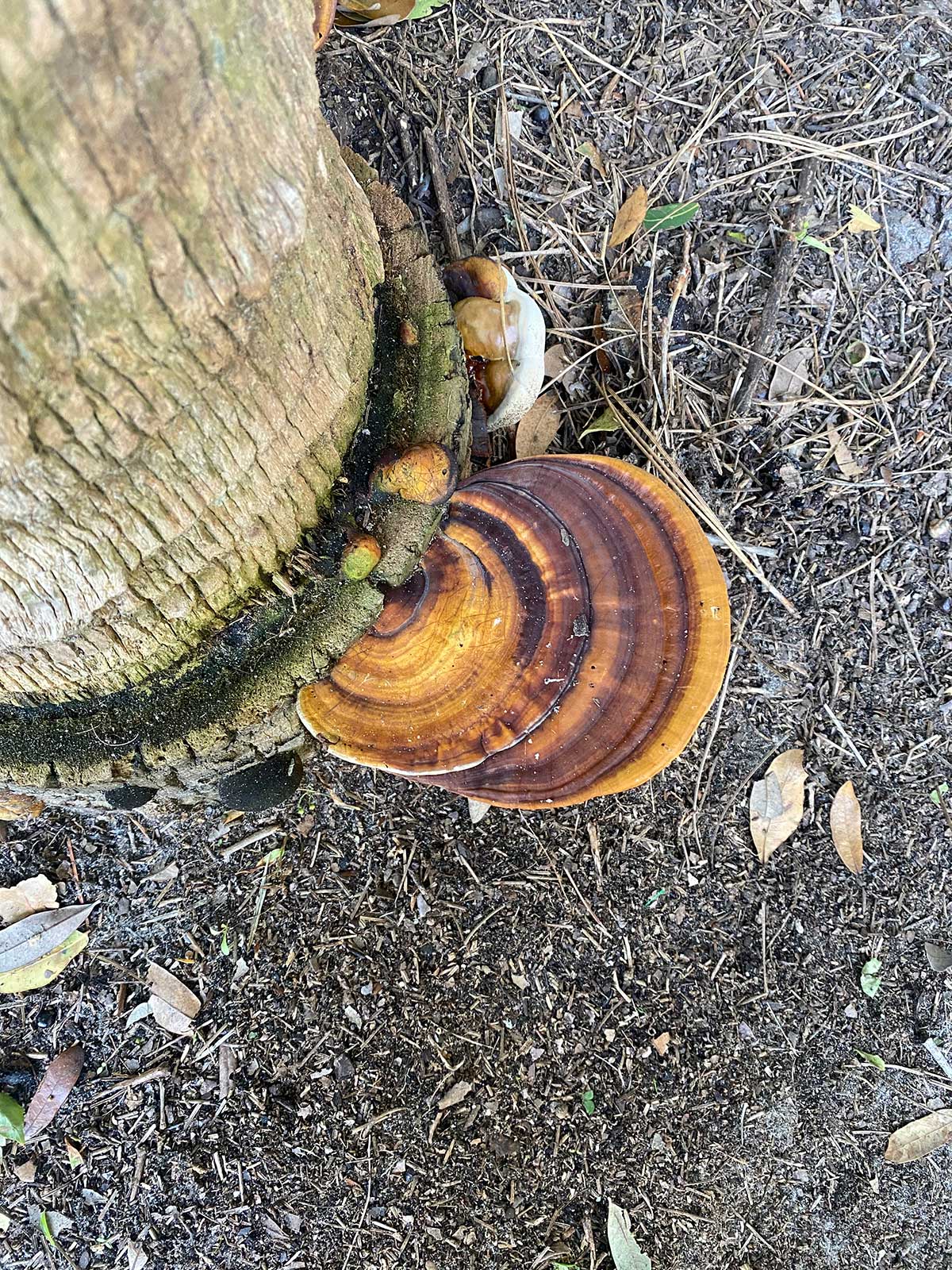What is a Tree Risk Assessment (TRA)
A Tree Risk Assessment, or TRA, is a booklet style report prepared by a Certified Arborist containing specific observations and information on a tree’s (or multiple trees’) health and projected risk. Tree Risk Assessments can be performed for residential properties, commercial lots, or project sites.
The TRA encompasses aspects such as tree species identification, location, size, tree defects and conditions affecting the likelihood of failure, health rating, and risk rating. Every report includes color images to emphasize the report’s findings and help identify the tree in question.
Reports also often include recommended actions based on findings, potential impacts to nearby targets determined by tree size and assumed trajectory, and possible mitigation measures. The report may require amendments as conditions change over time and may address specific requirements of the governing municipality.
If the tree is deemed hazardous, then we will assist you through the entire permitting process based on the municipality’s requirements.
Why are Tree Risk Assessments important?
Tree Risk Assessment Reports help provide information about the health and condition of specific trees, the cause of the problem, and actions that may be taken to alleviate or remedy the problem. These reports can assist the property owner with obtaining a tree removal permit through their governing municipality and/or with their HOA by discussing their projected risk of hazard or possibility of failure.
TRA reports are also important to City Foresters to help obtain a Tree Removal Permit and determine which trees can be taken down without undue loss to the community.
As an example, a Live Oak in good condition is a native tree that often requires protection, while a dead or diseased tree may be taken down with reduced replacement trees to be planted, to ensure long term health of the urban canopy. City Foresters work hard to preserve and enhance the beauty, environmental benefits, and public safety of the urban forests in our communities, which benefits all.
TRA Services
Risk Rating
Tree/Plant identification
Insect/arthropod identification
Tree/Plant health and problem assessments
Tissue analysis for disease and disorders
Tree structure evaluations
Soil nutrient, pH, and organic matter analysis
Soil drainage assessments
Soil density analysis (soil compaction)
Tree Inventory & Measurement
Tree Grading Calculation
Tree preservation plans
Tree mitigation/recommendations
Tree Removal Permit
Invasive species control
Common Hazardous Conditions

Armillaria
Armillaria is a genus of about 35 species of parasitic fungi, several of which cause root rot in wild and ornamental trees and shrubs. Armillaria is one of the most common wood rotting pathogens on forest and landscape trees. This fungus is capable of infecting both hardwoods and conifers and are generally more aggressive on trees that are stressed by insect infestation, drought, or injury.
Armillaria often attacks the heartwood (the hard, nonliving, older wood at the core of a tree trunk responsible for structure) of the tree, but leaves the sapwood and bark tissue unharmed. This results in the tree appearing healthy, but becomes unsound structurally as the heartwood is decaying. Eventually the fungus advances and affects the sapwood and bark tissues causing the development of decline symptoms.

Cavities
Cavities are holes in a tree often caused by an injury such as a broken limb, trunk damage, or improper pruning techniques followed by decay. This hole exposes the sapwood that often becomes infected by bacteria and fungi. Cavities act as an entry point for dangerous wood decay pathogens or pests, such as termites, which can be detrimental to the trees and eventually cause failure. Not all cavities prove to deem the tree hazardous, so an arborist can inspect and instruct clients on suggestions for how to proceed based on the findings/situation.

Ganoderma
Ganoderma is a genus of wood decay fungi that includes over 300 species. Some species decay heartwood and can kill and decay sapwood. Other species cause root and butt rot and can kill cambial tissues, as well as cause root death. Ganoderma uses enzymes to degrade lignin (a structural component in plants) and cellulose in their hosts which breaks down the wood.
Trees infected with Ganoderma may display few outward signs of decay, but if the infection has progressed you can identify symptoms such as thin crowns, dead branches, yellowing leaves, and overall poor vigor.

Included Bark
Included bark is a tree branch defect that develops between codominant stems or between the trunk and large leaders that creates structural weakness in both codominant stems or the large leader. Over time stress is put on each stem that can cause splitting or breaking, resulting in both stems becoming separate hazards. Included bark lacks supportive fiber strength resulting in the inability to strongly attach to the trunk.
Other Services

Tree Preservation Planning
Trees add significant amenity value to your landscape. Construction impact/damage and the influence of civilization are the leading causes of tree failure/mortality among new communities. We write Tree Preservation Plans (TPP) to mitigate risk and protect your most valuable assets.

ArborShield
Our comprehensive plant health care program involves monthly and seasonal monitoring and treatment of your trees throughout the growing season. With a integrated pest management (IPM) built in, ArborShield provides both fundamental protection and select specialty treatments based on your property’s individual needs.

Consulting Arborist Service
Consulting Arborists are the authoritative experts on trees and bring an objective, comprehensive viewpoint to their clients—ensuring the safety, health, and preservation of trees. Servicing a wide variety of clients, including property owners, municipalities, contractors, attorneys, insurance professionals, landscape architects, developers, engineers, other arborists, and more.
Get In Touch
(843) 952-8300
charleston@savatree.com
2851 Maybank Hwy, Johns Island, SC 29455
"Rooted in Excellence"
Charleston Tree Experts' premier specialties are in Arborist consulting, tree preservation, hazardous tree removals, tree pruning, and managing Charleston’s urban forest for greater growth. We have a wealth of knowledge in performing tree care services from delicate or seemingly inaccessible places. Let us help you.
